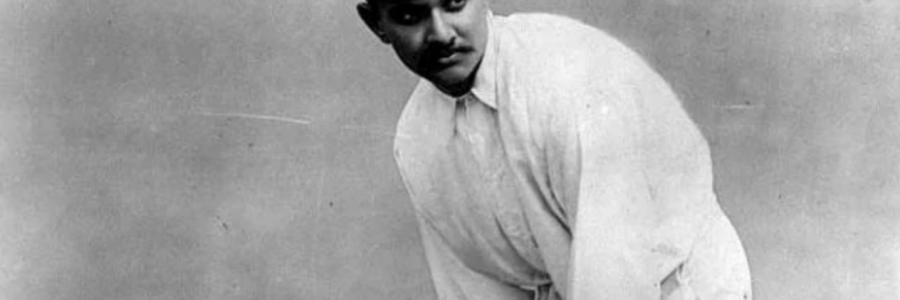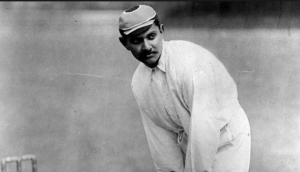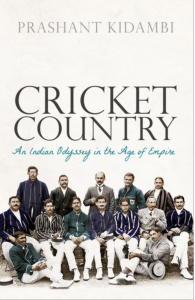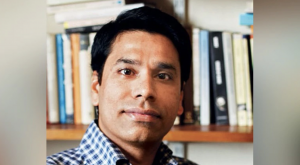
Is Cricket an Indian game accidently discovered by the English?



Today is India is the power in world cricket, its biggest audience and legitimate heir to the title “cricket country” from an England of a century ago although this time they failed to bring the World Cup home due to bit over confidence in the nail biting semi-final in Manchester this week.
Cricket holed blockbuster appeal and brings in big money, broadcast rights and powerful administers with the advent of IPL.
The team has its equivalent of “Barmy Army” fan club, the “Bharat Army” and notorious rivalry with nuclear armed Pakistan to make the Ashes series look miniscure.
Australia, South Africa and West Indies all beat India to the wicket of London’s Marylebone Cricket Club as the “ imperial game” was commercialised around the globe as an expression of British soft power.
Prashant Kidambi tells the story of the first “ All India” team to reach British shores in 1911, backed by business and media interests coinciding with George V’s crowning and the Festival of Empire.
The heroism of the cricket party with assortments if talents from prince to the untouchable place it among more legendary odysseys of the time. The tour struggled to draw big crowds, and fell below its first-class billing as the Indian team suffered early heavy defeats.
Kidambi says “ India’s cricket venture was a serious sporting enterprise, not simply a bit of imperial tinsel.”
After the first world war and an ensuing period in cricket when “community trumped nation” meant the next All-India team to visit Britain arrived only 20 years later in 1932, but which time the subcontinent was pushing for freedom from imperial rule. India’s genuine status came only after independence in 1947.
Mumbai established itself as the cradle of cricket, with its Parsi community, a religious group from Iran as early adopters as they were cook for British masters.
Cricketers had to win out over polo ponies on Mumbai’s recreational spaces. Indian cricket teams for several decades organised themselves along relious lines, Paris, Hindus and Muslims.
Of the original 16-man squad half came from Bombay, others from Madras and Punjab comprising of five Hindus, four Muslims six Parsis and a Sikh.
Teenage cricketer Bhupinder Singh, the Maharaja of Patiala who stole the limelight became captain of All-India team, but only played three matches. Kidambi describes how viceroys tried to keep this ally of the Raj on the rails, away from drink, womanising and the frivolous world of polo. The maharaja slipped off to the Ranelagh Club and diplomacy.
SirKumar Ranjitsinhji Vibhai Jadeja born on September 10, 1872, educarted at Rajkumar College in Rajkot and Harrow & Trinity College, Cambridge University, was the ruler of Indian princely state of Nawanagar from 1907 to 1933 as Maharaja Jam Saheb and superstar cricketer in Indian cricket who played for Cambridge, Sussex and the English cricket team claiming a royal title back home. Considered as one of the finest batsmen of all time, he managed to score big number of runs and also introduced some unique stroke into the game of cricket. The most important tournament of the Indian domestic cricket has been named upon him as Ranji Trophy, Maharaja Bhupinder Singh of Patiala initiated the tournament in the year 1935.
Kidambi reveals the backbone of the team, including a Dalit or low-caste left arm spin bowler Palwankar Baloo and Muslim cricketers from the Islamic educational centre of Aligarh. Baloo later took up politics in alliance with Bimrao Ambedkar, the leader of lower caste and architect of India’s constitution.
Cricket is a symbol of nationhood, as it matters how the players fared on the pitch after defeats minus the original captain the team’s fortunes turned against Leicestershire “ Cricket is an Indian game accidently discovered by the English” despite World Cup disappointment in the semi-finals for the millions of fans.
Cricket Country: An Indian Odyssey in the Age of Empire by Prashant Kidambi, Oxford £25, 448 pages.
